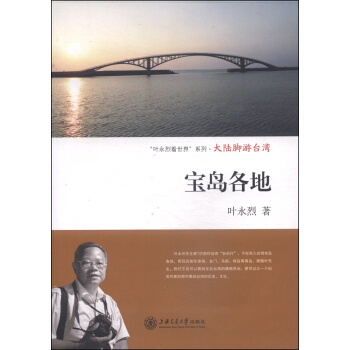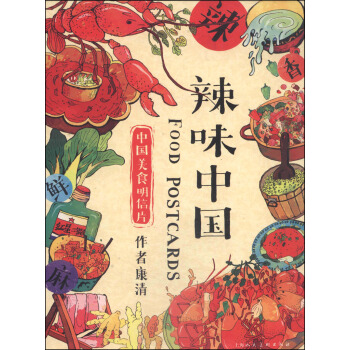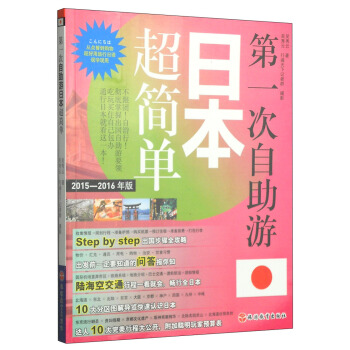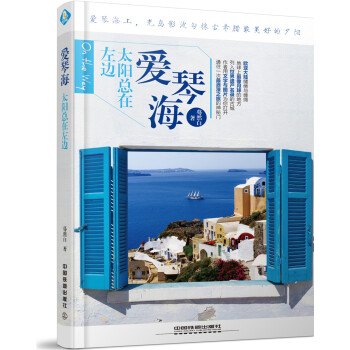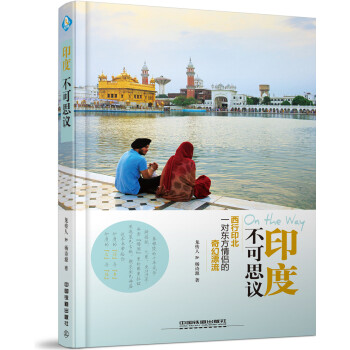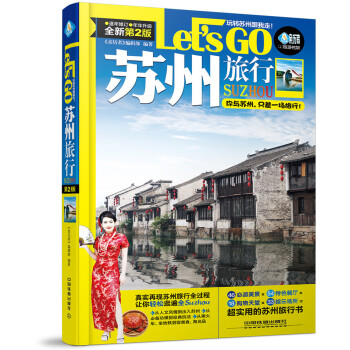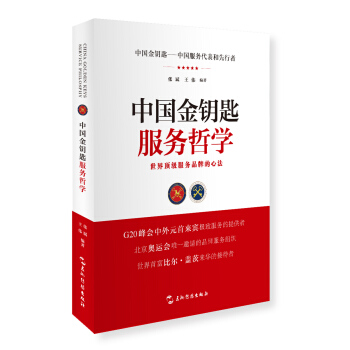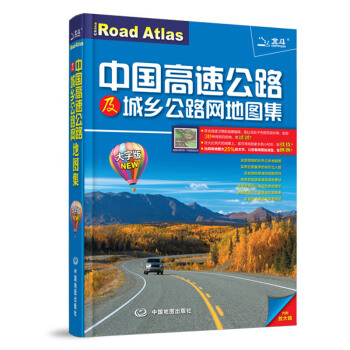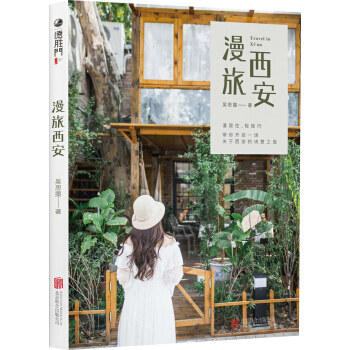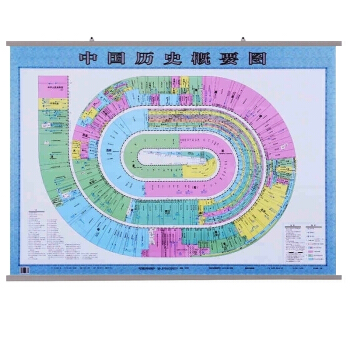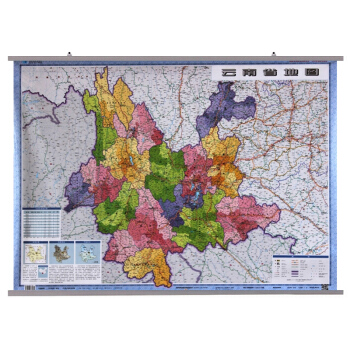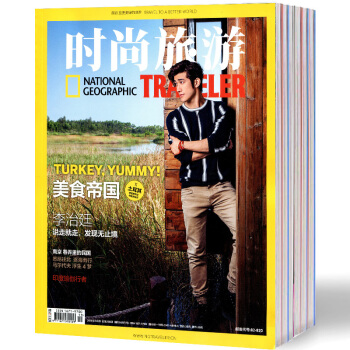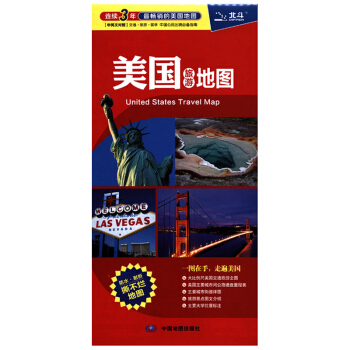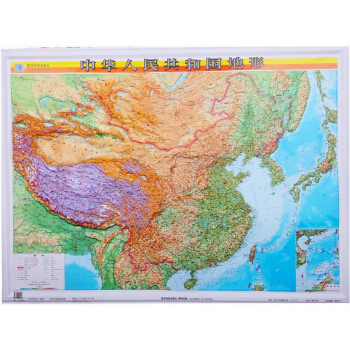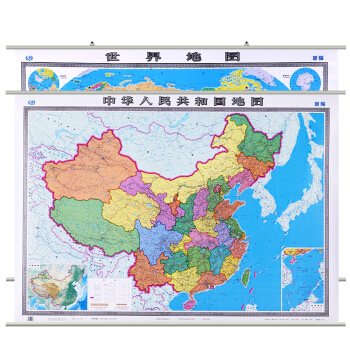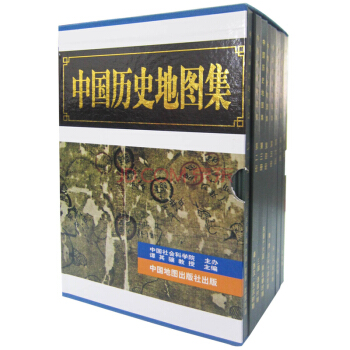![旅遊指南(英文版) [China Guide: Tour in China ]](https://pic.windowsfront.com/11180454/58d1596aN2787c6bb.jpg)
正在下载信息...

具體描述
編輯推薦
“在中國”係列為指南類圖書,專為來華旅遊、學習工作及生活的外國朋友編寫,以實用、可讀性強的方式呈現中國多方麵的資訊。本係列內容目前涉及旅遊、投資、留學及電影文化等方麵的,方便來華人員瞭解中國概況,從事商務活動以及留學深造等,同時介紹當下中國電影文化,引導外國人更好地融入中國本地的生活,具有很強的實用性。
內容簡介
“知行,路更遠”。怎樣纔能“知行”?對於自力更生的自助旅行者來說,好的方式隻有一個:地圖、地圖,還是地圖。針對旅遊圖書市場同類産品地圖匱乏,局限於景點羅列的普遍弱點,編著團隊發揮自身專業地圖優勢,結閤數年旅遊圖書的製作經驗,全力打造齣這本《旅遊指南(英文版)》(作者尤金·勞)。本書所有綫路都經過超級驢友的實地勘察,所有地圖都齣自資深地圖專傢的傾力打造,所有資訊都在印前反復核實。
Written mostly by native English speakers who are long-term China residents and edited by people who live and work in China this book lends a fresh perspective on all things Chinese. It melds foreign and local perspectives into a seamless narrative that allows new light to be cast on China's cities.
作者簡介
“在中國”係列為指南類圖書,以實用、可讀性強的方式呈現中國的資訊。本書為其中之一,分地區介紹瞭中國各地的旅遊資源以及對外國人來華旅遊有幫助的各種實用信息,可讀性強。
Written mostly by native English speakers who are long-term China residents, and edited by people who live and work in China, this book lends a fresh perspective on all things Chinese. It melds foreign and local perspectives into a seamless narrative that allows new light to be cast on China's cities.
內頁插圖
目錄
CONTENTS
HISTORY & CULTURE
THE GUIDE
NORTHEAST CHINA
NORTH CHINA
NORTHWEST CHINA
EAST CHINA
CENTRAL CHINA
SOUTHWEST CHINA
SOUTH CHINA
HONG KONG, MACAU & TAIWAN
BOXED TEXT
LEARN TO SPEAK CHINESE
精彩書摘
Wutai Shan, the Five Peaks of Serenity
Once a remote outpost reached only by the most pious of pilgrims who traveled for months with wills steeled by devotion, Wutai Shan remains a hidden treasure for those seeking true contemplation.
Wutai Shan’s name means “five terraces,” which accurately describes the five flat peaks of this sacred spot – north, east, south, west and central peak. In the quiet valleys between the peaks lie a smattering of ancient temples, twisting trails and aweinspiring views.
The major sights at Wutai Shan are rather spread out, forcing one to indulge in the gorgeous scenery that surrounds the five terraces. This also means that no one sight is overwhelmed with tour groups. Wutai Shan’s temples are an eclectic mix of Han Buddhist and Tibetan and Mongolian Lamaist traditions, making the mountain one of the best places in China to view Buddhist architecture.
The shrines on Wutai Shan date back to the Eastern Han dynasty, and the second Buddhist temple in China was built here at a time when Taoism dominated the area. A legend goes that a Buddhist monk beseeched the emperor to construct the Xiantong Temple (xiǎntōng sì 顯通寺) on the mountain and suggested that a Taoist and Buddhist scroll each be put into a fire to test which religion was true. When the Taoist scroll was burned to ashes, but miraculously the Buddhist scroll remained undamaged, the temple was built. Later, Wutai Shan became a popular pilgrimage destination as more monasteries and temples were built in succeeding dynasties.
During the Sui and Tang dynasties, when Buddhism held imperial favor, over 360 temples were built. The mountain also became an international destination point for Buddhists from other countries as they were drawn to the many temples as centers of learning. Lama Buddhists began to settle on the mountain during the Qing dynasty. Today there are 47 temples and monasteries and they continue to draw devotees and curious sightseers.
Most of the temples are located around Taihuai, a small town nestling in valley 5,576 feet (1,700 m) above sea level. The temples on Wutai Shan are dedicated to Wenshu Pusa (Manjusri), the Bodhisattva of Wisdom and Virtue. A visiting Indian monk had a vision of Wenshu in the 1st century AD and concluded Wutai Shan to be the mystical abode of Buddha’s most important assistant. Numerous legends speak of how apparitions of Wenshu riding on the back of a blue lion have been sighted high above the monasteries.
ours normally begin at Taihuai; one daylong trip south of town allows you to visit several stylistically different temples. All temples share a transcendental aura, so if you’re looking to get away from the drab, mundane concerns of urban life, any temple will do.
108 carved granite steps (the same as the number of beads on a Buddhist rosary) lead to Dailuo Ding (dàiluó dǐng 黛螺頂), the temple that houses statues of five different forms of Wenshu Pusa, each of whom supposedly lives on a different peak. Legend has it that a young monk suggested statues representing the five incarnations of Wenshu be built here to save visiting emperors from a grueling trek. For those who want to visit the bodhisattvas but don’t have the time to make a house call, this is the place to ask Wutai Shan’s guardians for a blessing. To make things even easier, there’s now a cable car from the foot of Wutai Shan to the temple. Piety with convenience – if only the early pilgrims had it this easy.
Xiantong Temple is the largest and oldest temple on the mountain and is also conveniently located in the heart of town. It houses the amazing Beamless Pavilion (wúliángdiàn 無梁殿), which contains no beams and is supported through a complex set of interlocking pins. The impressive Bronze Pavilion (tóngdiàn 銅殿) is made from 110,000 pounds (50,000 kg) of bronze; it’s a perfect replica of a wooden pavilion, and the interior houses thousands of tiny Buddhas. Continuing on the bronze theme, the Youming Bell (yōumíngzhōng 幽冥鍾) cast in 1620, is the largest bronze bell in the region: it’s 8.2 feet (2.5 m) high, 5.25 feet (1.6 m) across, and weighs 9999.5 jin, or 11,000 pounds (5,000 kg). A Buddhist sutra of over 10,000 Chinese characters decorates the body of the bell.
Behind the Xiantong Temple is the largest Lama temple on the mountain, the Pusa Ding (púsà dǐng 菩薩頂). Climb the 108 stairs to this temple and gaze out on the expansive views of Taihuai and the surrounding countryside. Tibetan and Mongolian Lamas stayed here during the Ming and Qing dynasties, believing that Wenshu Pusa once lived in the same place. The Wenshu Pavilion has an interesting feature: water is stored on the roof when it rains and on sunny days it drips down the roof.
The 164-foot-high (50 m) high Tibetan styled White Pagoda (bái tǎ 白塔), designed by a Nepali in 1301, has become a symbol of Wutai Shan. It stands on the grounds of Tayuan Temple (tǎyuàn sì 塔院寺), also in Taihuai. A marketplace forms around it with vendors selling incense, prayer beads, Buddhist booklets and bronze Buddhas.
Just 10 minutes away from Tayuan Temple is Shuxiang Temple (shūxiàng sì 殊像寺), which features a 20-foot-tall (6 m) statue of Wenshu riding a lion. The temple itself was last rebuilt in 1487. Take a short 10 minute walk southwest and the Puhua Temple (pǔhuá sì 普華寺) will come into view. The buildings here feature intricate carvings. About 2 miles (3 km) southwest is the South Mountain Temple (nánshān sì 南山寺) where 18 Ming dynasty statues of arhats (beings who have reached Nirvana) reside. Follow a packed earth trail down the hill for about 3 miles (5 km) and you’ll arrive at the Dragon Fountain Temple (lóngquán sì 龍泉寺), where 108 steps lead to an elaborate marble entrance with carvings of Buddhas, bodhisattvas, dragons and flowers. In the main hall is an exquisitely carved Puji Dagoba (pǔjìchánshī tǎ 普濟禪師塔) with a laughing Buddha looking out from each cardinal direction. In the courtyard hundreds of small chimes tinkle in the wind.
Not far from the Tayuan Temple is the Luohou Temple (luómùhóu sì 羅目候寺); the present structures date from 1492. The temple features a unique circle altar where a lotus opens up to reveal a Buddha carved inside. The statue was made from a tree where an emperor saw a divine light. When the tree died during the Qing dynasty, it was carved into this lotus – a mechanism underground allows the lotus petals to be raised and lowered.
前言/序言
FOREWORD
I’ll never forget my mother’s visit to Beijing two years ago. At age 72, she was coming to China for the first time in her life. Soon after entering my downtown apartment, this meticulous woman began to unpack her carefully organized suitcase. Wedged in with her clothes and shoes she had a few items that surprised me: a dozen rolls of toilet paper and a box of laundry detergent.
I couldn’t figure out why she would have deemed such items necessary for a trip that would only last two weeks. Then it struck me: except for letters I had sent and conversations we had had about my life in China, her principal source of information about the country was outdated and overly cautious guidebooks written for the most part by short-term visitors.
These books comprised the first generation of China guides. Their authors
用戶評價
很好的書。
評分ok
評分很好的書。
評分好
評分太簡單
評分期待已久,站在外國視角看中國文化,是學習地道英文的好材料。印刷精美,圖文並茂。
評分不錯的書……
評分送人的,質量不錯,正版
評分不錯的書……
正在搜索視頻,請稍後...
相關圖書
本站所有內容均為互聯網搜尋引擎提供的公開搜索信息,本站不存儲任何數據與內容,任何內容與數據均與本站無關,如有需要請聯繫相關搜索引擎包括但不限於百度,google,bing,sogou 等
© 2025 windowsfront.com All Rights Reserved. 靜流書站 版權所有

![世界地理地圖集 [Atlas of World Geography] pdf epub mobi 電子書 下載](https://pic.windowsfront.com/11370474/576a1c8eN8398357e.jpg)
